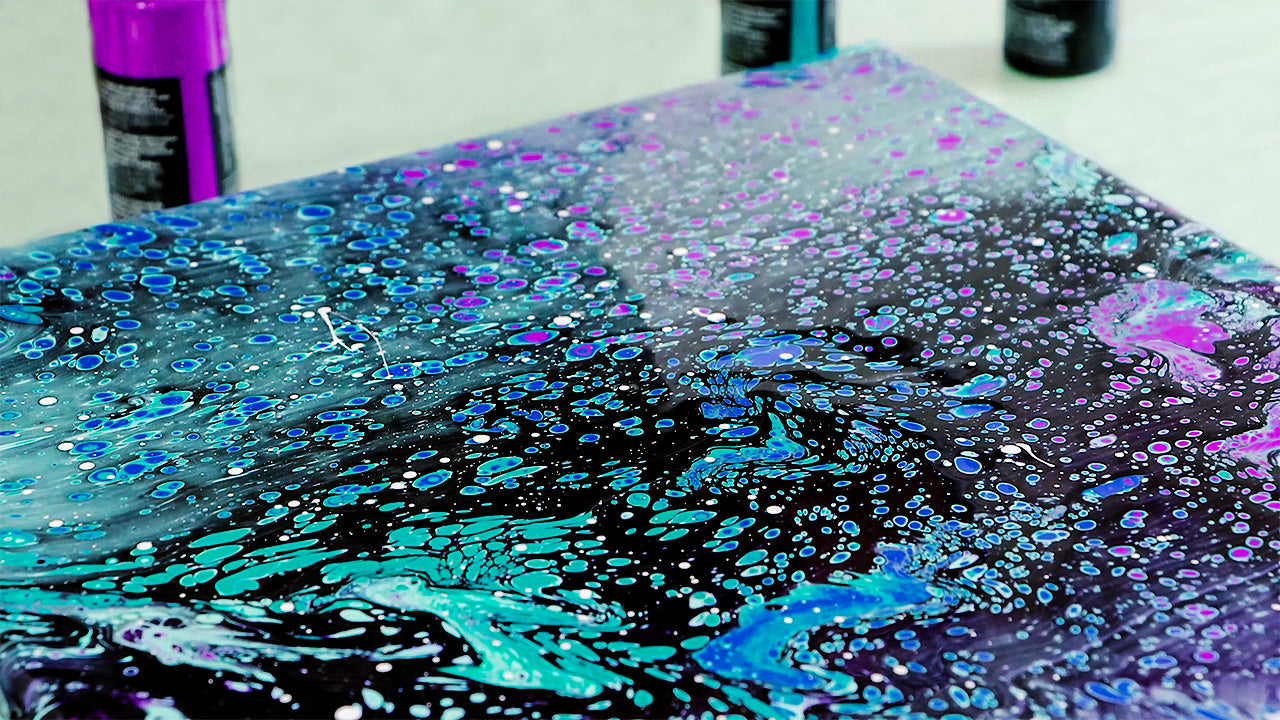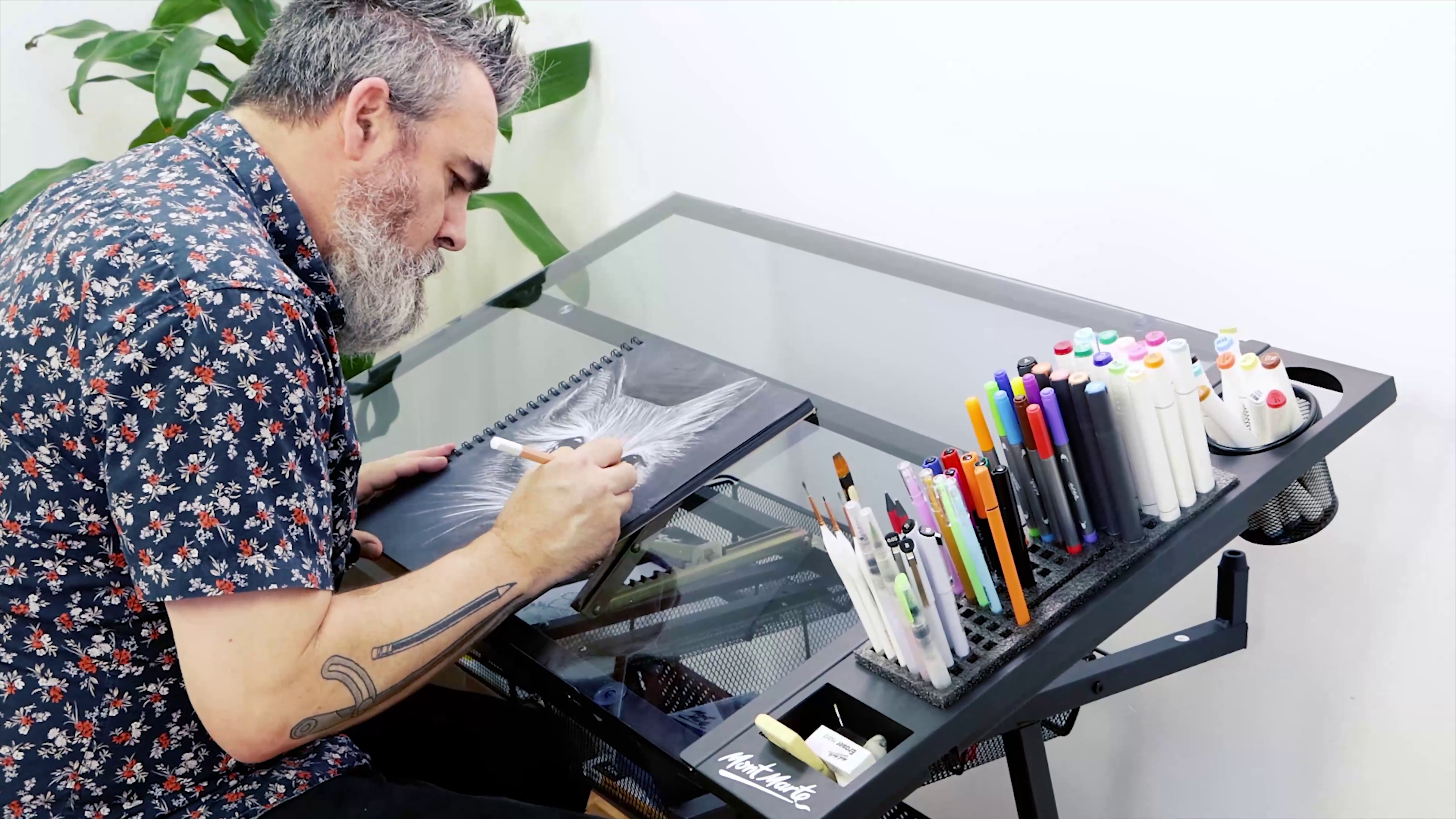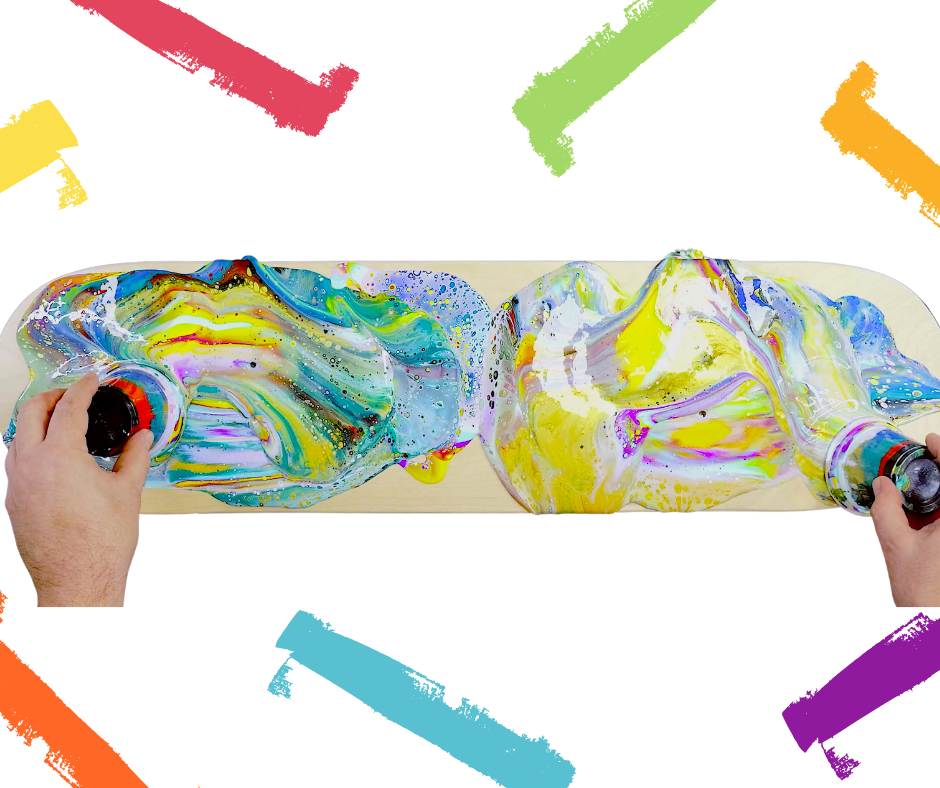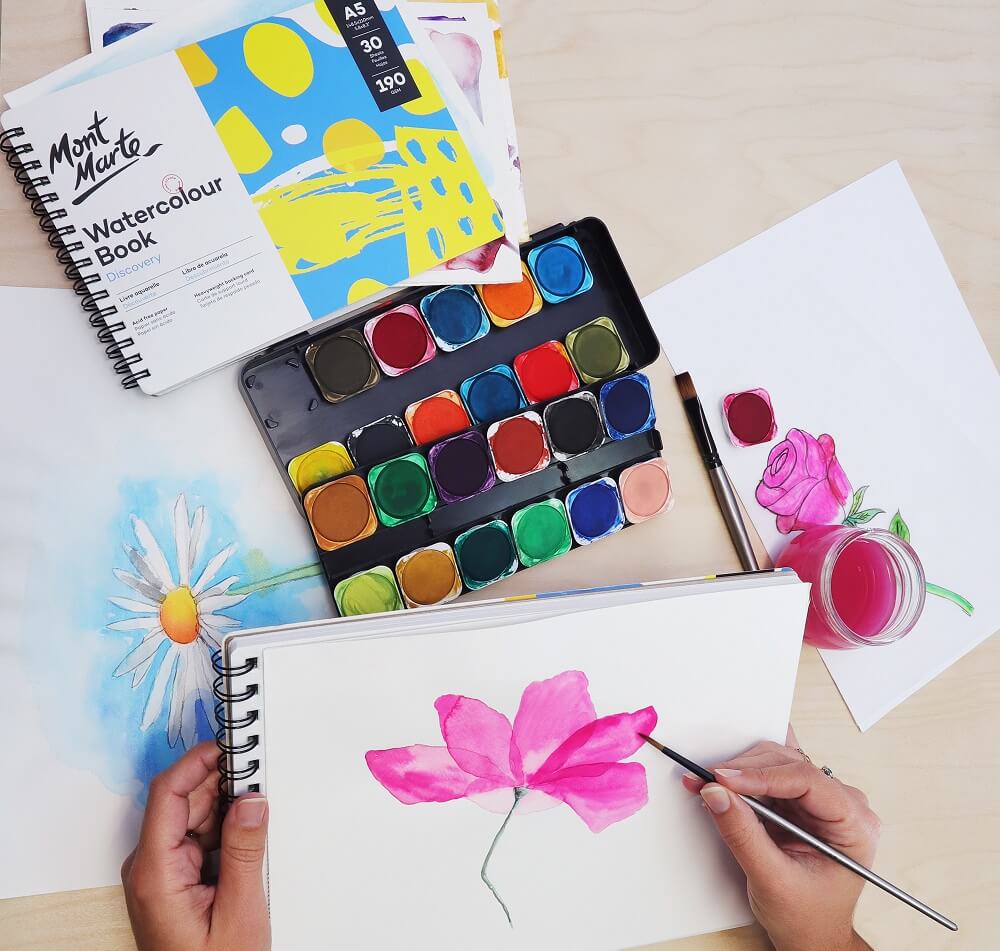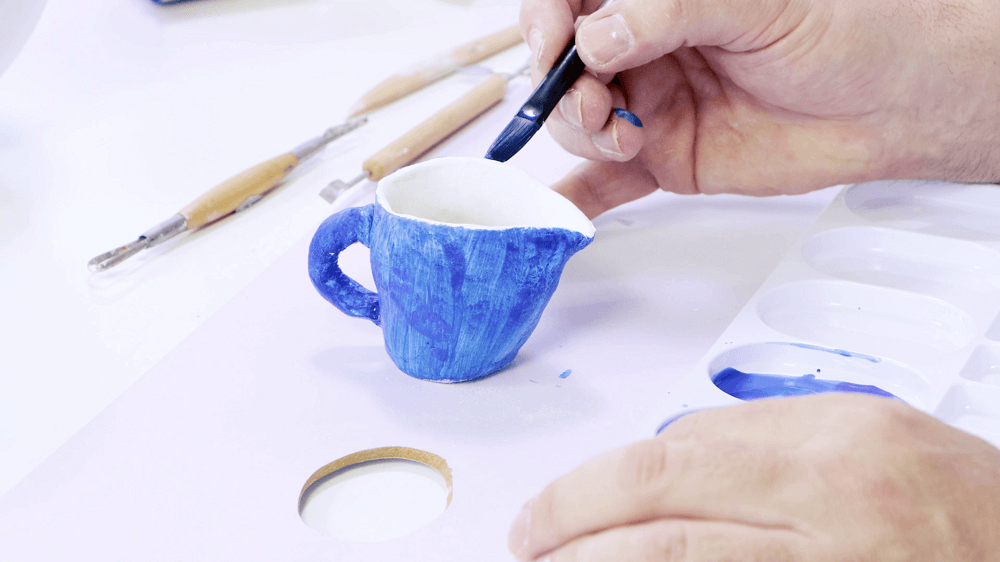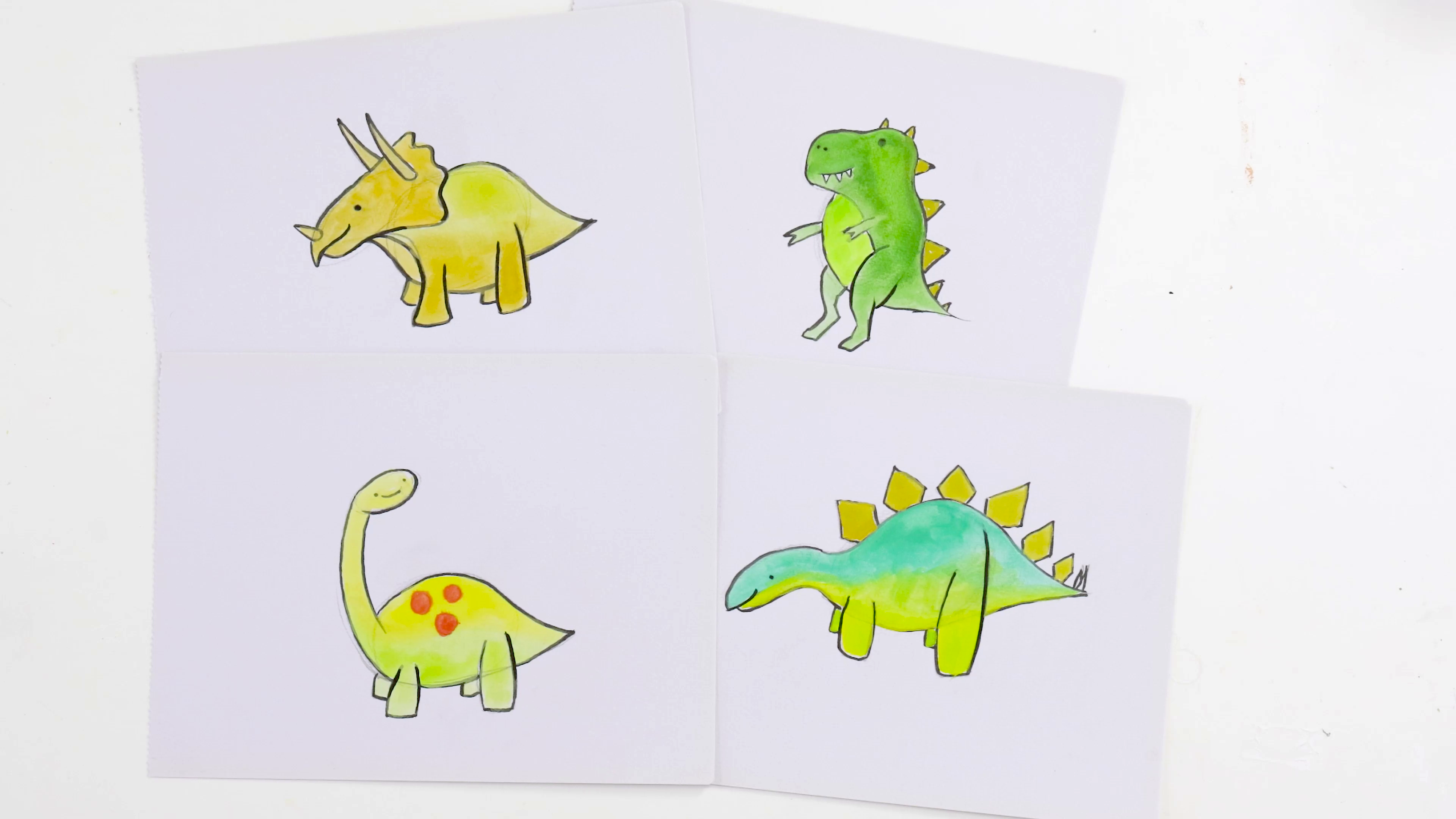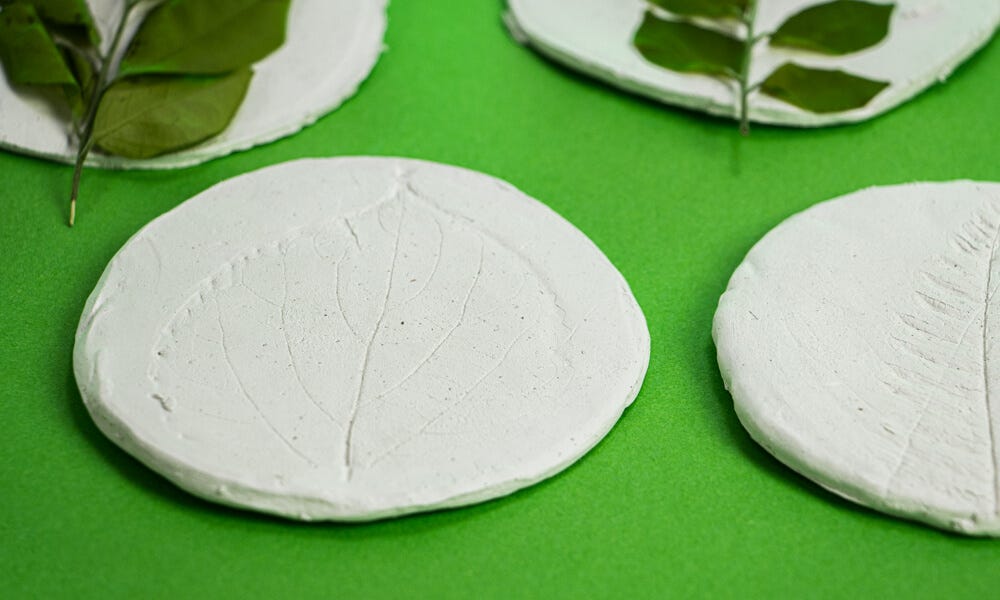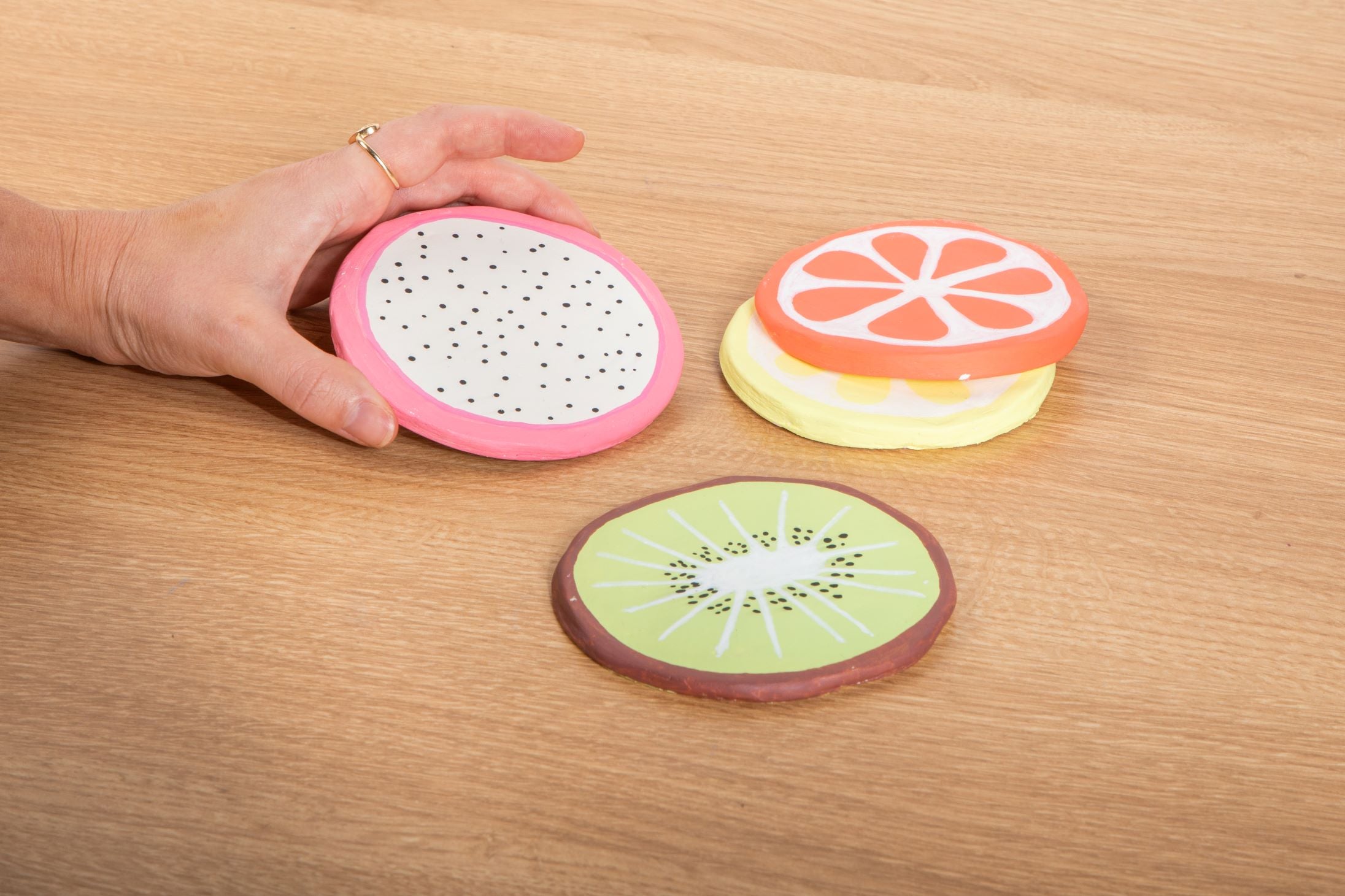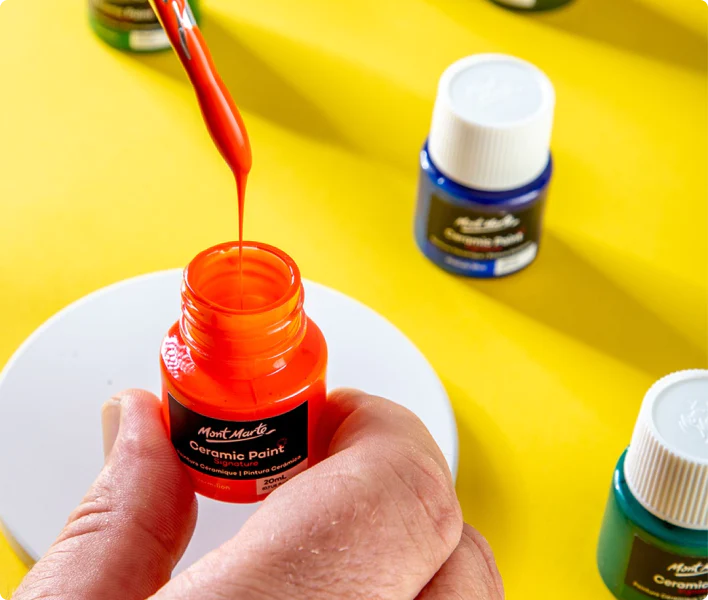Varnishing might feel like a step for the pros or not worth the effort, but that's where you're wrong – enter: Mont Marte varnish. A well-varnished piece looks polished, protected, and professional. Whether you're new to varnishing or looking to find out more, here are answers to some common questions.
1. Why is varnish used in painting?

Varnishing your artwork adds a protective layer, helping to safeguard it from dust, light, moisture, and physical damage. It also pulls out the vibrancy of your colours, making them pop and giving your piece a more dynamic finish.
If you’ve put time and effort into a piece, varnishing helps preserve it for years to come. Plus, depending on the finish you choose (gloss or matte), it can also change the way your artwork catches the light, adding a whole new dimension.
2. What’s the difference between gloss vs. matte varnish?
Choosing the right varnish can change the vibe of your artwork.
Gloss: Gives a shiny, reflective finish that makes colours appear more vibrant. Ideal for pieces with bold, saturated colours. Can be layered and sanded for a resin-like effect.
Matte: Reduces glare and gives a flat, non-reflective finish. It works well for muted or soft-coloured artworks. When working with clay, it adds a protective layer without changing the natural finish.
Iridescent: Comes with holographic style glitter in the glossy varnish formula, so pour paintings and colourful designs have an extra eye-catching layer!
Think about the mood you want to create – gloss is lively, and matte is more subtle.
3. What can you varnish?

Not all varnishes are created equal, and some work better with specific mediums:
- Acrylic Paint: Use an acrylic varnish that’s flexible when dry to accommodate the paint’s natural movement. Our Gloss Acrylic Varnish and Deco Pudge range work well with all acrylics.
- Watercolour or Gouache: Typically, you don’t varnish these as they can rehydrate, but if needed, a spray fixative can provide some protection.
- Clay: Go right ahead! Use Gloss or Natural Finish Clay Varnish without prep on air dry clay to seal and waterproof, or apply over painted polymer clay for extra protection or shine.
Always check the varnish label before use to make sure it’s compatible with your medium, just to be on the safe side.
4. When can I varnish my acrylic painting?
Acrylic paint dries quickly to the touch, but it doesn’t fully cure straight away. To be safe, wait at least 24-72 hours before varnishing. If your layers are particularly thick or heavily textured, give it a week.
Rushing this step can trap moisture underneath the varnish, leading to a cloudy or uneven finish. A bit of patience goes a long way!
5. How to fix uneven varnish (and prevent it)!

Streaks usually happen if the varnish is too thick or if you’re overworking it. To get a smooth, even coat:
- Use the Right Brush: A soft, wide, synthetic brush works best. Look for one labeled as a varnish or wash brush.
- Apply in One Direction: Instead of brushing back and forth, apply in long, even strokes in one direction.
- Don’t Go Over It While Wet: Once applied, resist the urge to re-brush. Overworking can cause streaks or bubbles.
- Apply Even Layers: You can correct little mistakes by applying additional layers – just make sure each layer is dry before adding the next. You can even sand between layers… more on that below.
- Thin Your Varnish: Some acrylic varnishes can be diluted with a little water, so if you’re struggling to get it even, try mixing in a little H20!
6. What’s this about sanding varnish?
You don’t need to sand between coats, but if you’re aiming for a super smooth, glassy finish, it’s definitely worth it. The technique involves building up layers of varnish, allowing it to dry between each one, lightly sanding, then repeating.
Here’s how to get that glassy look:
- Use Fine-Grit Sandpaper: Around 320-400 grit works well.
- Sand Lightly: You’re just smoothing out any imperfections, not removing the varnish.
- Clean Between Layers: Use a clean, dry cloth to wipe away dust before applying the next coat.
- Repeat the Process: Layer, dry, sand, repeat – usually about 3-5 layers will give you that glassy, resin-like finish.
7. How many varnish coats?

One coat might be enough for some pieces, but for better protection and a smoother finish, aim for 2-3 even coats.
- Between Coats: Let each layer dry completely (usually a few hours) before applying the next.
- Alternate Directions: Apply one coat horizontally and the next vertically for better coverage.
Multiple coats tend to look smoother and more polished than one but there’s no wrong way to do it, really!
8. Varnishing outdoors – know the risks!
Varnishing outdoors can be tempting because of ventilation, but there are a few risks:
- Dust and Debris: Outdoor particles can stick to wet varnish.
- Temperature and Humidity: High humidity can cause varnish to dry cloudy.
- Wind: A breeze can blow debris or even shift your piece.
If you do varnish outside, pick a calm, dry day and work in a sheltered spot. Indoors is often safer – just make sure the space is well-ventilated. The good news is that our Acrylic and Clay Varnishes are safe to use indoors in a ventilated space, as they have a relatively mild smell compared to similar varnishes.
9. Can I varnish over a textured or mixed media piece?

Yes, but it can be tiny bit tricky! Textured pieces have lots of nooks and crannies where varnish can pool. To get an even finish:
- Thin Your Varnish Slightly: It’ll flow better across textured areas.
- Use a Soft Taklon Brush: Gently work the varnish into the texture without overloading your brush.
- Apply Multiple Thin, Even Coats: Don’t overwork your varnish, instead applying multiple, thin even coats for a smoother finish.
Always do a patch test first to make sure the varnish reacts well with any non-paint elements.
10. How do I store varnished artwork?
Once your piece is varnished and 100% dry (usually takes a couple days), proper storage is key:
- Keep it Upright: Don’t stack varnished pieces, as the pressure can leave marks or pieces may stick together.
- Cover Lightly: Use a dust cover but avoid plastic, as it can trap moisture.
- Avoid Direct Sunlight: Even with varnish, prolonged exposure to light can fade colours.
- Stable Temperature: Extreme heat or cold can affect the varnish, making it crack or go cloudy.
Varnishing can seem like an extra step, but it makes a huge difference in protecting and bringing out the best in your artwork. Whether you’re after a high-gloss shine or a subtle matte finish, using varnish the right way will give your piece that polished, professional look. Take your time, follow the steps, and enjoy seeing your artwork come to life!
If you do get varnishing, #montmarteart or tag us @montmarteart on Instagram or Facebook. We’re excited to see your final piece pop!
Stay up to date with the latest Mont Marte news, info, products, projects, and more by subscribing to Creative Connection down below. Simply enter your email to get loads of free art lessons and inspo sent straight to your inbox.



